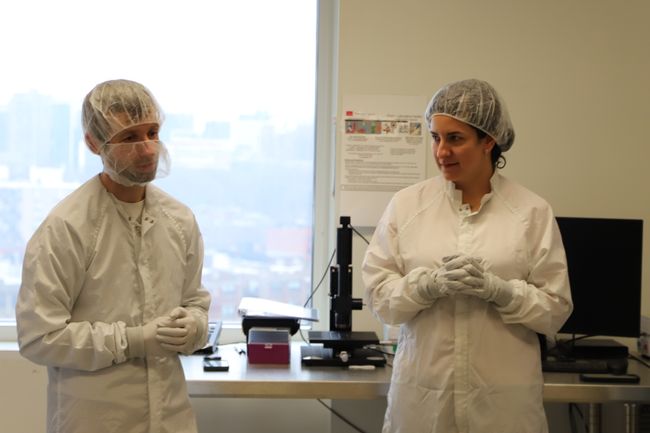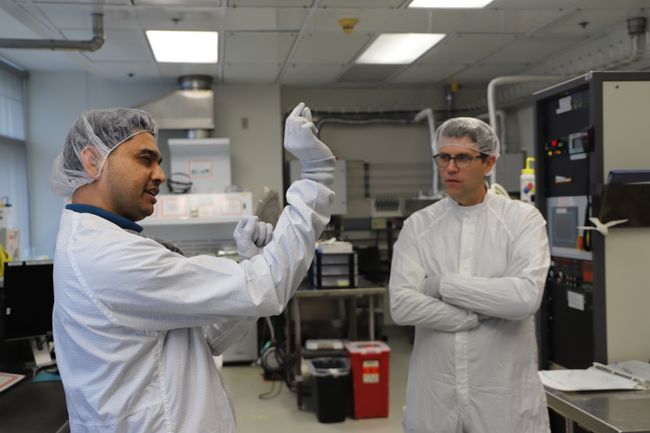Brian Walsh’s LEXI Telescope Heading to the Moon

Last week (3/6/24), Associate Professor Brian Walsh hosted an event for their NASA-sponsored Lunar Environment heliospheric X-ray Imager (LEXI), an x-ray telescope which will be going to the moon later this year. Over the course of the last fifteen years, Professor Walsh and colleagues have worked to develop novel x-ray imaging system to better image Earth’s magnetic field and its reaction to solar activity such as solar flares. Next week the telescope will be transported to Texas to be integrated to the lunar lander that will be hosting the payload.
“We’ve been testing and prototyping through a number of different projects,” Professor Walsh explains. “LEXI formally started in 2019 when we were selected to build the payload for deployment on the moon. It’s a thrill to see the seeds planted as basic technology development more than a decade ago grow into an integrated payload ready for deployment in space today.”

During the event, a number of guests joined to see the telescope––a development in engineering and space physics technology, where Professor Walsh and his team described the history of the project, as well as its many pieces and steps to construction. This includes a sunshade that blocks any off-axis light from the sun and Earth.
This will be the first time an instrument developed at Boston University will land on the moon, and a great milestone for Walsh and team. Graduate and undergraduate students were major contributors to the project. As Professor Walsh explains, the student researchers played critical roles in this project, “from mechanical design, to software development, to ray tracing, to test and calibration.”
Later this year, the LEXI telescope be hosted a lander supported through the NASA commercial lunar payload (CLPS) program. The lander, developed by Firefly Aerospace, will operate for roughly two weeks on the lunar surface. The mission duration is controlled by the period of sunlight from the planned landing site on the moon. After the operating mission ends, the lander will remain on the lunar surface as a time capsule of the experiment.

“Our team at BU, with close collaborators at NASA Goddard Space Flight Center and Johns Hopkins University, have been developing and characterizing large field-of-view “lobster-eye” optics for the past decade,” Walsh says. “We look forward to ground-breaking results from LEXI. It will enable exploration of the universe in ways humans have never seen. As one of the first telescopes with lobster-eye optics being launched into space, we also see LEXI as a pathfinder to demonstrate what larger lobster-eye telescopes may reveal of the universe and heliophysics.”
A larger feature by the Brink will be incoming following the launch of the lander, so keep an eye out! For now, we look forward to hearing more about Professor Walsh and team’s future successes on space plasma dynamics and x-ray technologies.